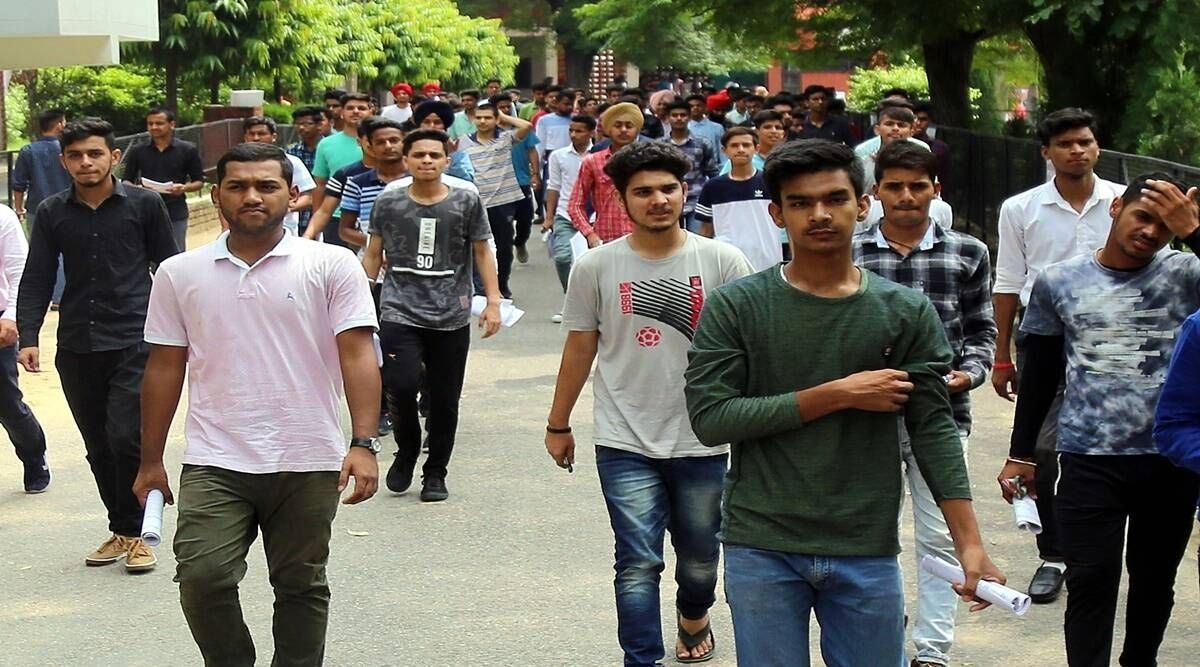 Many educationists argue that the new examination is likely to give an impetus to coaching classes.
Many educationists argue that the new examination is likely to give an impetus to coaching classes. A glance at the admission policy for undergraduate programmes internationally indicates that most advanced countries have an examination for entry into institutions of higher education. The introduction of the Common University Entrance Test (CUET) can be seen as a step in the direction of aligning India with international standards. Of the 48 central universities, 45 seem to have the requirements to institute the test. The CUET is going to decide the fate of approximately 1.3 crore students for roughly 5.4 lakh undergraduate seats in 45 central universities. The system comes into effect this year and it’s important to evaluate its possible ramifications on students, teachers, curricula and the educational ecosystem.
The UGC’s rationale for introducing the test is to address the disparity in the allocation of marks by different examination boards, and provide a “level playing field” to students from different sections of society and diverse regions. It’s now well-known that leniency in the evaluation systems of some boards gives a section of students an unfair advantage over others in getting admission to reputed universities and colleges. The CUET has been envisaged as a corrective. The question, however, is will the new exams ease the pressure on children in a society that attaches great significance to board examinations. The marks obtained in the board examination will remain vital for admission to state and private universities as well as job applications. The students will now have to contend with two examinations.
Many educationists argue that the new examination is likely to give an impetus to coaching classes. In a marks-driven culture where rote learning is the norm, new cramming strategies will be developed to crack the entrance exam. Coaching and private tuition will flourish without much concern for quality in the preparation of the study material. The CUET syllabus will be based on NCERT (under the Ministry of Education) textbooks even though not all state boards prescribe these books. A large number of textbooks published by the state boards and private publishing houses are prescribed by schools in different parts of the country. But it appears that the schools that prescribe only NCERT textbooks will be better off and the regulating authority will have more control over the test, especially at a time when plans are afoot for a change in textbooks. The coaching industry stands to take advantage of this situation and students will have a hard time navigating two sets of textbooks. The impact is likely to be harsher on disadvantaged sections of the society for whom access to higher education is seen as the only route to upward mobility.
The teachers of state-governed and private schools would be pressured to address a range of issues emerging out of a newly-introduced competitive examination. The “status” of a school will now depend on the number of students “cracking” the CUET examination and getting into the top central universities.
While trying to address the issue of “parity” in marks, our education planners have ignored a more fundamental issue that requires immediate attention. The Gross Enrolment Ratio (GER) is constantly increasing for higher secondary education (51.4 per cent according to UDISE, 2019-20) and higher education (27.1 per cent to AISHE, 2019-20). The figures indicate that higher education has acquired a mass base in the country. This has important implications for a knowledge-based economy and society. Maintaining the momentum of GER would require more teachers, schools and higher education institutions of quality and slow down the rush for a few but highly sought after universities and colleges. The new examination would put additional pressure on both students and teachers at a time when they are trying to overcome the exactions of the pandemic. It appears to diverge from the objective of the National Education Policy-2020 —equitable access to good quality higher education for all students.
The writer is associate professor of education at IILM University, Gurugram. Views are personal
- The Indian Express website has been rated GREEN for its credibility and trustworthiness by Newsguard, a global service that rates news sources for their journalistic standards.

